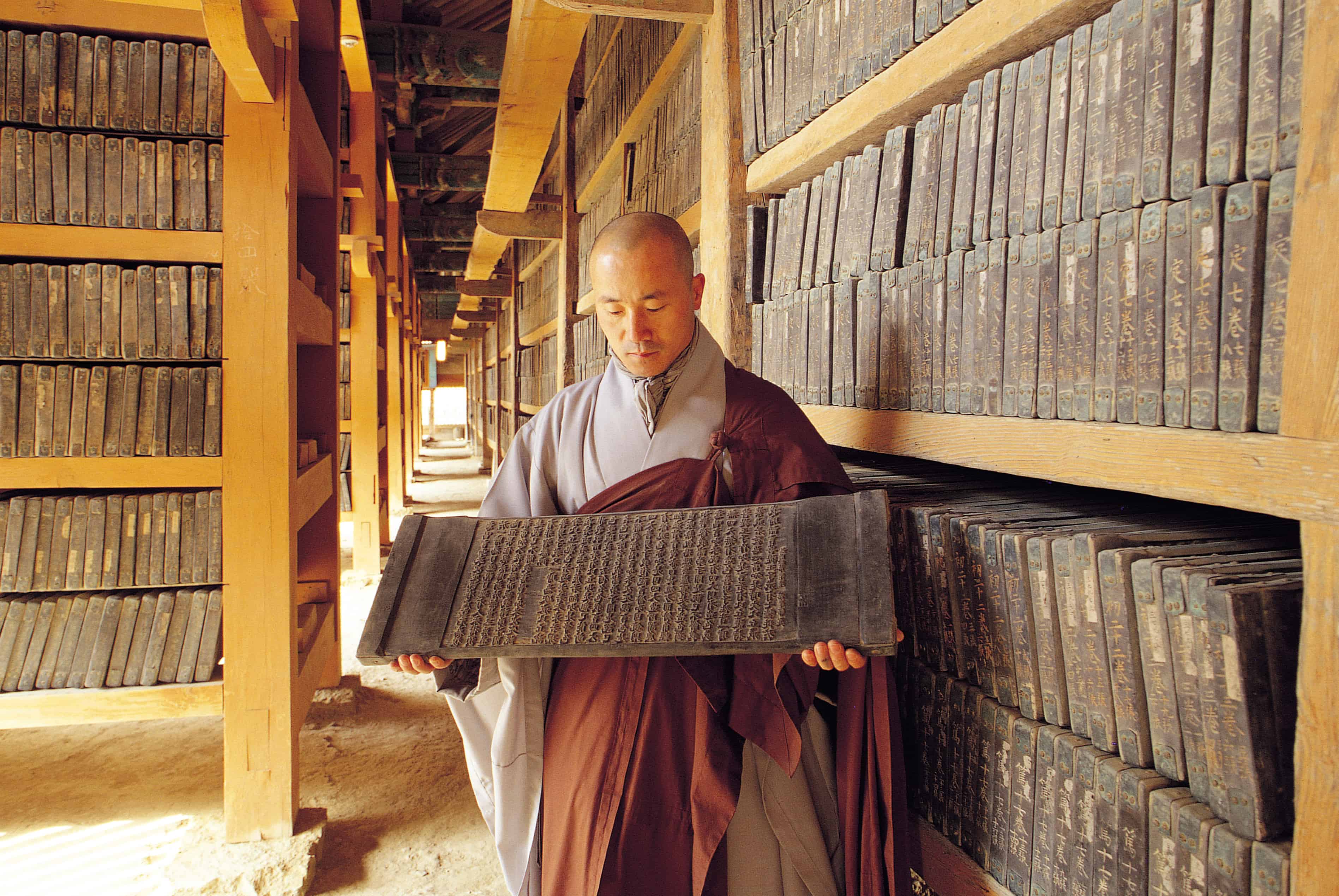 Korea Tourism Organisation
Korea Tourism OrganisationBy Fawn Brown
Korea produces some of the most forward-thinking technologies in the world while preserving the traditions and culture of its 5,000 years of history in a significant collection of palaces, temples and relics. But, when it comes to universal treasures of cultural and physical significance, this small country looms large, boasting an amazing nine UNESCO World Heritage Sites. Here’s a look at some of the best:
Changdeokgung Palace, Seoul
A must-visit for Seoul-searching travellers is the Changdeokgung Palace. This 15th-century complex of 13 buildings and 28 pavilions reflects the essence of Korean architectural harmony, design and opulence – sloping roofs, exquisite tile work and stunning hues of red, orange and green. The palace’s Biwon (“secret garden”) on 32 hectares features ponds, gazebos and parkland planted with more than 26,000 trees, some of which are more than 300 years old.
Jongmyo Shrine, Seoul
Jongmyo in downtown Seoul is the country’s oldest preserved Confucian royal shrine, providing a portal into 16th-century Korea. Consult the local tourist office for a schedule of 14th-century ritual ceremonies incorporating music, song, dance and traditional costumes.
 Gyeongju
GyeongjuThe journey to the country’s old capital city, Gyeongju, in southeastern Korea, is fast and easy on excellent highways. Also known as the “museum without walls,” Gyeongju, projects a powerful sense of the country’s past, as monks with shaved heads scurry through Bulguksa Temple, or Temple of the Buddhist Country. The National Museum is a treasure trove of artifacts from the tombs of kings presiding over Korea’s golden age. At Seokguram Grotto, a UNESCO site which is perched high on the forested slopes of a mountain, a monumental Buddha gazes out to sea. The Grotto’s true beauty shows when the Buddha is basking in the morning sun. When Buddha’s smile is lit up Koreans call it “the smile of the Shilla people.”
Hwaseong Fortress, Suwon
This 18th-century fortress, located just 30 kilometres south of Seoul, overlooks the city of Suwon like a stone giant with formidable battlements and towers. It took 700,000 workers to complete the giant fortress, which features the Tower of Might, built by King Jeongjo to honour his father.
 Korea Tourism OrganisationHaeinsa Janggyeong Panjeon (Tripitaka Koreana)
Korea Tourism OrganisationHaeinsa Janggyeong Panjeon (Tripitaka Koreana)This temple stands on Mt. Gayasan in Hapchion-gun, Gyeongsangnam-do. It is one of the three principle Buddhist temples in Korea, boasting 1,200 years of heritage. Haeinsa is also one of 10 Avatamsaka educational temples, having been home to many honourable priests over the past century. The poet and former Buddhist monk, Ko Un once described it as a “cultural phenomenon.” And because of the mystery surrounding the ancient technology used in its construction, experts compare Haeinsa to the great pyramids in Egypt.
The 40 Royal Tombs of The Joseon Dynasty
These tomb sites are some of the most well-preserved royal dynasty tombs in the world. Within the 40 royal tombs there are 27 kings, queens and monarchs that were given the title of king or queen posthumously. The tombs date from the time of the Dynasty’s foundation in 1392 until its fall in 1910. The location of the tombs were based on Confucian and geomantic traditions facing south toward a body of water and protected by a hill. Each site is considered a divine space so they were built away from other areas already in use. This resulted in the tombs being located in lush, green spaces around the suburbs of Seoul. The tombs were listed as a UNESCO world heritage site in June of 2009 because of their unique architecture, and the comprehensive preservation of all the tombs from the 500-year dynasty.
For more information, visit www.visitkorea.or.kr


